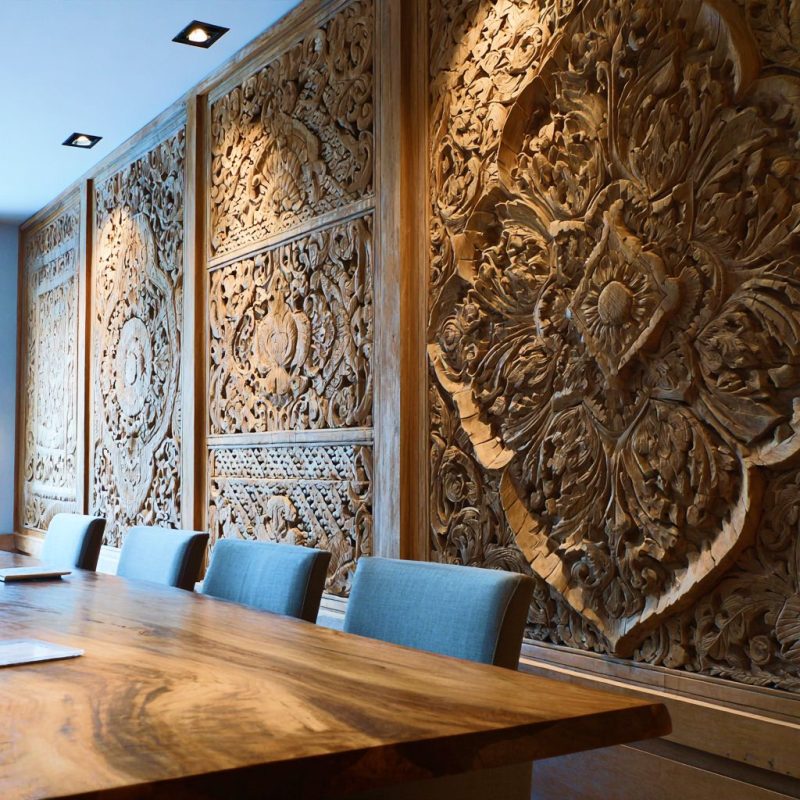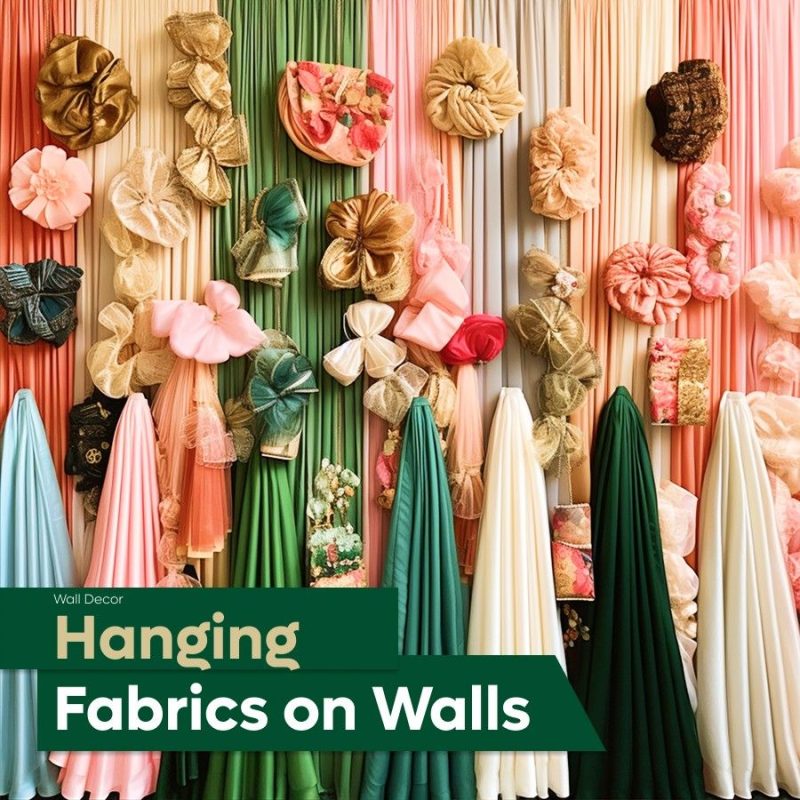Interior door handles, locks and hardware usually seem like minor design elements, but they hold a powerful influence over the overall feel and functionality of a space. From the way a handle feels in your hand to how well it complements surrounding décor, such details impact everyday comfort and visual harmony. Selecting the best door hardware must always be aligned to serving its functional role , adding character, supporting privacy and also reflecting your style choices. No matter the status of your new commercial fit out or home renovation, always choose a door handle considering form, function, and finish. Today, DesignMaster interior design company in Dubai is here to guide you understand interior door handle types. We dive deep to matching their finishes, choosing based on usage as well as staying updated with modern hardware innovations . All this is meant to help you make thoughtful decisions with lasting results.
Types of Interior Door Handles and Locks

1. Lever Handles
A horizontally-oriented handle that you push down or lift to operate the latch mechanism.
Best Use-Case:
- Ideal for residential homes, offices, and spaces needing accessibility, such as elderly-friendly homes or as recommended by environmental universal design interiors.
Pros:
- Easy to operate (great for children, elderly, and people with disabilities)
- Sleek modern designs available
- Ergonomic and user-friendly
- Compatible with both locking and non-locking doors
Cons:
- Level handles easily snag on clothing or bags
- Requires more horizontal space clearance than knobs
- May not suit very traditional interior styles

2. Knob Handles
Round handles require twisting to engage the latch or lock, then will open.
Best Use-Case:
- Traditional-style homes, bedrooms, and wardrobes where aesthetics matter.
Pros:
- Compact and space-saving
- Usually cheaper than lever handles
- Great for vintage, cottage, or traditional interior designs
Cons:

3. Pull Handles
A simple bar or recessed handle is used to pull the door open—usually seen on sliding doors or wardrobe doors.
Best Use-Case:
- Closet doors, wardrobes, pantries, or sliding barn doors
Pros:
- They define a minimalistic and clean modern appearance.
- No moving parts—long-lasting and simple
- Easy to install and maintain
Cons:
- No locking mechanism required
- Not ideal for privacy or secure rooms
- Not suitable for hinged doors

4. Dummy Handles
Fixed handles with no latch—used only for pulling or as a design element.
Best Use-Case:
- Closets, French doors, or panels where latching isn’t required
Pros:
- Offers aesthetic consistency across all doors
- Inexpensive and simple to install
- Comes in all styles and finishes
Cons:
- No functional purpose beyond aesthetics or pulling
- Must be paired with other hardware for actual function.

5. Mortise Handle Sets (Lever on Backplate)
Handle is mounted on a rectangular backplate, usually paired with a mortise lock mechanism.
Best Use-Case:
- Formal office doors, living areas, and interior wood doors requiring a traditional aesthetic
Pros:
- Perfectly blends style with security
- Simply combines handle and locking mechanism
- Available in classic or contemporary designs
Cons:
- Requires precise installation
- Usually more expensive than standalone levers or knobs
- Backplate can feel bulky on minimalistic doors

6. Thumb Turn Handles
Handles with a small thumb-turn for privacy locking—commonly part of bathroom or bedroom privacy sets.
Best Use-Case:
- Bathrooms, bedrooms, and guest rooms
Pros:
- Provides privacy without needing a key
- Emergency access possible from outside
- Compact and safe for indoor use
Cons:
- Not secure enough for rooms requiring key-locking
- Can be accidentally engaged or hard to turn for children

7. Smart or Electronic Handles
During smart home integrations use such electronic handles with built-in smart locks, keypad entry, or biometric access.
Best Use-Case:
- Home offices, private study rooms, luxury custom villa design, or shared accommodations
Pros:
- High security and keyless convenience
- Remote control and monitoring (depending on model)
- Stylish and futuristic appeal to elevate a luxury interior design.
Cons:
- Requires batteries or electrical setup
- More expensive than traditional handles
- May be overkill for basic interior rooms
Choosing Interior Handles Based on Door Type and Usage
-
Bedrooms
During bedroom design, doors demand for a balance of privacy and ease of use. A lever or knob handle paired with a privacy lockset is ideal. This setup allows the door to be locked from the inside for solitude and comfort. Meanwhile, they also offer emergency access from the outside which is usually via a small unlocking tool. It’s actually secure and the most practical solution for personal spaces.
-
Bathrooms
Privacy is always essential in bathrooms, but moisture resistance is just as important. Interior door lever handles on the outside and thumb turn handles on the insider come together to offer privacy. They always look good particularly designed in metallic finishes like brushed nickel, matte black, or chrome which resist humidity and corrosion. Such finishes also add a modern touch while ensuring long-term durability in high-moisture environments.
-
Closets
Closet doors rarely require a locking mechanism. For hinged closet doors, a passage set that includes a latch but no lock is a simple and effective choice. In the case of wardrobe customization and decoration, non-turning “dummy” handles serve purely aesthetic and pulling purposes. They give the door a finished look without adding unnecessary costly hardware.
-
Home Offices or Studies
Bespoke workspaces designed within homes may need added security, especially if they contain sensitive documents or expensive electronics. Either a smart handle or a mortise keyed entry lockset are recommended for home offices in order to offer proper access control. Pairing this with a sleek modern lever in a finish like matte black or satin brass can enhance both functionality and the professional atmosphere of the space.
-
Sliding Doors
Sliding doors, often used for wardrobes, ensuite bathrooms, or space-saving partitions, require a different approach. Instead of traditional handles, pull handles or recessed finger pulls are the go-to options. If privacy is needed — such as for a sliding bathroom or bedroom door — a hook bolt, magnetic, or pocket door lock can be installed for a clean and functional locking solution.


Interior Door Handle Finishes and Style Trends
-
Matte Black
Matte black has emerged as a bold, modern choice in interior design. It explicitly offers a clean, dramatic aesthetic which contrasts beautifully with both light and dark doors. As matte black door handles tend to hide fingerprints and smudges well, you’ll find them mostly in minimalist and contemporary interiors. This making them ideal option for high-touch areas when layering textures in luxury spaces.
-
Brushed Nickel
Brushed nickel door handles continue to be a top choice due to their soft, satin-like appearance and durability. Since this finish resists corrosion and fingerprints, its practical for homes with children or frequent visitors. Its understated look blends well with transitional interiors strategizing on harmonizing traditional and modern elements.
-
Polished Chrome
Just like corporate spaces standout with shiny chrome frame desks, for the same reason with spaces seeking a bright and sleek polished door handle. Such highly reflective surface add a sense of openness and cleanliness to a space. Polished chrome door handles are common in urban interior bathrooms and modern kitchens. This is where it complements other modern metallics such as faucets and fixtures.
-
Antique Brass
Antique brass door handles offer a timeless finish intended to bring warmth and character to classic as well as heritage-style interiors. Being that such handles looks slightly weathered, they pair beautifully with interior wood doors and vintage décor. It’s an excellent choice for those who want to evoke nostalgia or craft a space with an old-world charm.
-
Satin Gold
Door handles made of satin gold, also known as champagne gold or brushed brass, have gained traction in high-end, luxury interiors. They offer a sophisticated, soft golden hue which is even less flashy than traditional polished brass. Satin gold pairs well with dark tones, marble, and velvet textures, giving your space a boutique hotel-like elegance.
Interior Door Handles Functional Considerations
-
Ease of operation
This is a top concern most especially in homes with children, the elderly or individuals with limited mobility. Lever handles are generally easier to use than knobs since they don’t require a strong grip or wrist twisting. Therefore, select level handles for accessible design and aging-in-place solution. Remember, smooth action, ergonomic shaping as well as properly placed interior door handles make a big difference in user comfort.
-
Safety and emergency access
For bedrooms and bathrooms where privacy locks are required, place a quick-release feature from the outside. For instance, a child getting locked in accidentally, it becomes functional in cases of emergencies like this. In high-traffic areas like hallways and living rooms, passage sets without locking mechanism reduce the risk of accidental lock-ins.
-
Durability
Interior door handles and locks should withstand frequent use without loosening or tarnishing. It’s important to choose materials and finishes which are resistant to scratches, corrosion, and everyday wear . Again, especially in homes with kids or pets and commercial retail spaces with frequent visitors and clients. Investing in solid metal construction (rather than hollow or low-grade alloys) as its subjected to longer-lasting performance.
-
Maintenance and reliability
Install interior door handles with complex locking systems, clearly knowing when and how they should be serviced. Also, consider door handle finishes denoted with fingerprint-resistance or have protective coating. This reduces cleaning efforts while maintaining a polished look over time.
-
Tech Integrated Smart Locks and Handles
While striving for a more convenient, flexible and enhanced interior security, smart locks and handles advance beyond traditional keys and mechanical privacy. They integrate and operate with technologies like Bluetooth, Wi-Fi, fingerprint recognition, or numeric keypads. With the latest better variations, you can even individually integrate them with mobile apps. Such connectivity approach gives a way to lock or unlock doors remotely, receive alerts when doors are accessed, and even assign temporary access codes for guests, housekeepers, or clients. While smart and advanced locking options may require a higher initial investment and professional installation, consider them for their unmatched levels of control, user-friendliness and customization.
In essence, the most successful interior door handles, locks and related hardware choices are those that balance style together with practicality. They have to ensure comfort, safety as well as longevity for every type of user and room.
In other words, a beautifully styled interior door handle that doesn’t align with the needs of the room — or a durable lock that clashes with your interior theme is bound to interrupt the flow of the entire space. That’s why it’s essential to consider the context of each door: how it’s used, who uses it, and what atmosphere it’s a part of.












